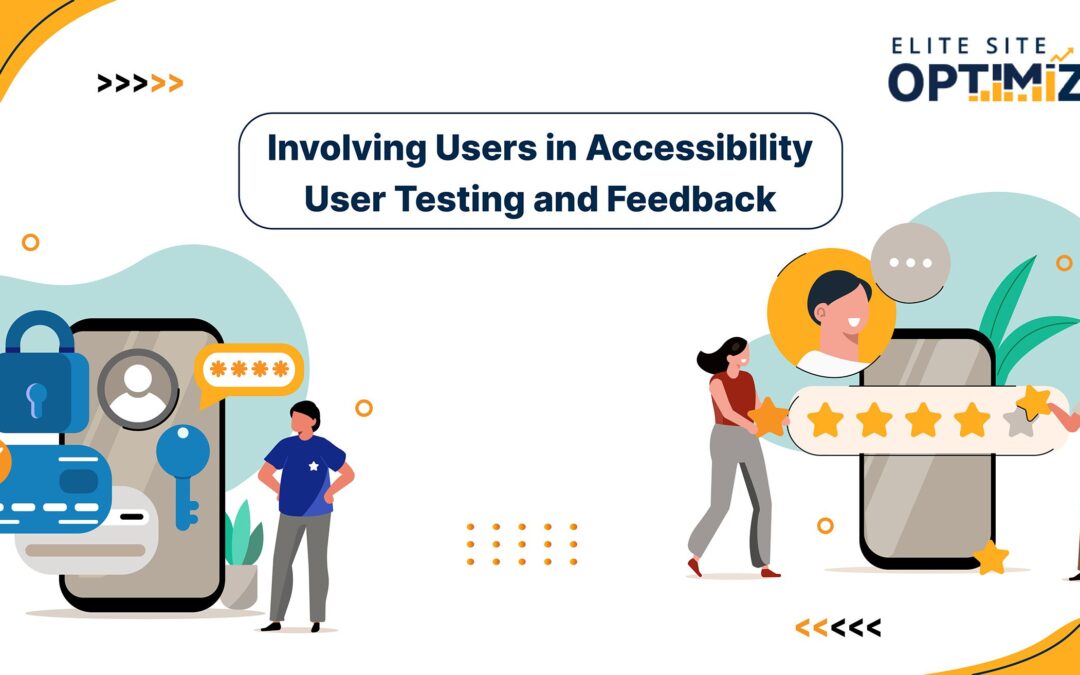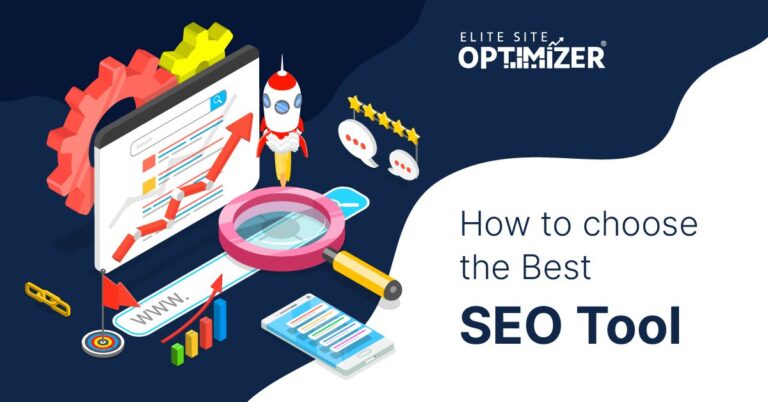Online accessibility creates user-friendly websites, mobile applications, and digital technologies for all abilities, preferences, and devices. It involves design and development concepts and hard work to achieve “accessibility” as described. Testing and assessment are essential for internet access.
Is technology and manual testing adequate to verify website and mobile app accessibility? Not at all! To satisfy the requirements, expectations, and problems of disabled users, websites and apps need user input and engagement. User participation in accessibility is vital to establishing accessible online environments. This blog will cover the A-Z.
Brief Overview of UAT
Accessibility should be considered early in website, app, etc. design. Therefore, accessibility must be addressed while planning, budgeting, scheduling, etc. Real efforts to incorporate consumers into online accessibility testing and expand its scope are:
- Include users to understand the issues plaguing the website or app.
The first and most important step is to be educated on how people with disabilities use the internet. Of course, you can find an array of online material on the subject, such as by reading posts or watching videos. However, getting first-hand input or feedback from people with disabilities is extremely crucial.
Such first-person feedback enhances the scope of accessibility for your website. So, you can plan out online surveys or arrange meetings with disabled individuals. You can ask different people with disabilities about similar products or websites that work well for them. Then, follow up by asking about products or sites that do not work well for them and asking why.
- Include Users in the Implementation
To widen the accessibility scope of a digital product’s design, it is best to look for inspiration. For things like websites, Web apps, and web tools, search for other products. Thereafter, you can take notes and get ideas from the way these products work. To cover more ground, ask users to help you.
During the implementation and working of your website or app, as for reviews from users, have them offer feedback, opinions, and different prototypes of products. When they are testing the products, give clear and straightforward directions to ensure that the task is understood.
- Carefully Consider Input and Feedback
The third way of incorporating users into web accessibility and testing is to carefully consider input and feedback. To begin with, it is crucial to consider every piece of input individually and as part of a bigger picture. A pertinent point is to not assume that a single piece of information from a person with disabilities will automatically apply to all people with disabilities. This is a massive misconception and will probably take away from the product itself. The crucial thing to do is to get information from a wide range of individuals. For starters, almost no person with a disability responds to things the same way.
- Hire People with Disabilities or Experience in Accessibility-related Issues
While curating the team to create an accessible website or app, it is best to rope in people with prior knowledge of accessibility-related issues. You can do this by looking at other sources to assess the application. For instance, you can check out an array of websites and ask applications specific questions related to their knowledge of accessibility.
- Get a Wide Range of Users
Just like any other group of users, the disabled are also equally diverse. Every disabled person has gone through different experiences, has varying experiences, and has distinct needs and preferences. Likewise, there are a range of different disabilities – neurological, speech, physical, cognitive, auditory, and visual. Many people have multiple disabilities on this list. Therefore, it is essential to have a wide variety of users participating in online accessibility testing, each with unique traits and limitations. This provides a greater sense of benefit.
- Maximize Information Obtained from People with Disabilities
When you are working with different users, it is crucial to use your time wisely. So, try to extract the maximum possible information in the shortest amount of time. Thus, include testers in all project phases and assign them to work on prototypes. Remember that you don’t have to worry about making sure everything is flawless while dealing with others. Moreover, do not waste time on small things and be clear with instructions. Try not to send mixed signals and be straightforward. Another way to attain maximum information is by videotaping.
- Include Users for the Entire Project
Last but not least, do not do step testing for accessibility. Continuous evaluation and auditing are the most effective ways to get the feedback you need to bolster the scope of accessibility for your website or project. Users should be involved in testing prototypes throughout development, and they should even test concepts before the creation of a prototype. This can be of great help.
- User Evaluation Range
Simple, informal accessibility assessments are possible. Ask a screen reader user or other disabled person to discover data in an early data table draft. Watch them engage and debate concerns.
Benefits of Including Users in Web Accessibility and Testing
Feedback and usability testing involving disabled people can be incredibly beneficial to improving the accessibility of your website or app, as well as the overall design quality, user satisfaction, and business performance. In fact, including disabled people should be non-negotiable in accessibility testing.
By gaining insights into the target users’ needs, challenges, goals, and preferences, you can create a design that is easy to use and effective for varying abilities, preferences, and devices. Furthermore, user feedback and usability testing can help build trust among users while validating your value proposition and measuring your impact. The result is a reduction in costs, increased conversions, and an enhanced reputation.
Wrapping It Up
So, there we have seven ways to include users in web accessibility testing and feedback. In today’s day and age, an accessible online space is mandatory to ensure inclusivity. Likewise, considering the opinions, feedback, and lived experiences of people with disabilities is also crucial to creating a truly accessible web.






